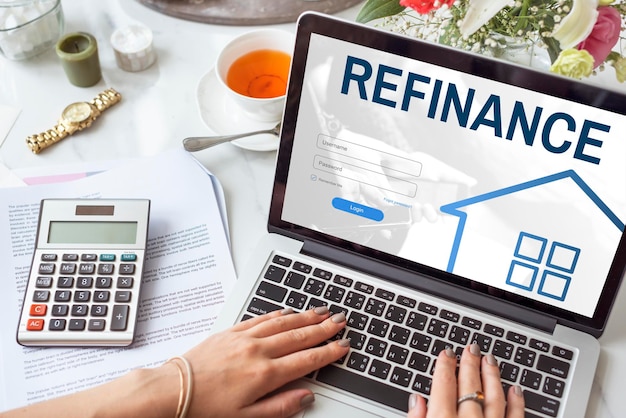Congratulations on your new home! I’ve been in the real estate game for two decades now, and I’ve picked up a thing or two about mortgages and refinancing. I’ve owned seven properties and refinanced multiple times, and I’ve learned some strategies that have saved me a lot of money. I hope these tips can help you save on your refinance process too.
Let’s start with the basics. I remember back in 2011 when I refinanced my primary residence. It took about 8 weeks, and the process was so smooth that I almost forgot I was doing it until the bank called me to sign the documents. I refinanced with the same bank, so I just had to provide some basic paperwork like my W2, bank statements, and pay stubs. They did a quick appraisal, and then I just had to wait a few more weeks. It was a lot easier than the refinance I did the year before.
Now, an 8-week refinance might sound quick, but I did a refinance in 2019 that took over four months. It was a long process, but it was worth it in the end.
So, what have I learned from all these refinances? Here are some strategies that might help you:
-
Stick with your bank. If you refinance with the same bank that holds your mortgage, you might get some extra discounts. They want to keep your business, so they might give you a better deal. For example, during one of my refinances, my bank gave me an extra credit and waived the appraisal fee, so I didn’t have to pay anything out of pocket. Plus, they already had most of my paperwork, so the process was a lot easier.
-
Negotiate your rate. Even after you lock in your mortgage, you can ask for a lower rate if rates drop during the approval process. I did this once and managed to get my rate lowered.
-
Consider an ARM loan. Adjustable-rate mortgage (ARM) loans can be assumed by the buyer if you decide to sell your home. This can be a big benefit if rates rise, as the buyer can take over your lower rate.
-
Get title insurance. This is like a guarantee for your property. It protects you from any disputes or discrepancies related to the property. Make sure to keep a copy of your policy.
-
Refinance before you quit your job. It’s easier to refinance when you have a steady income. Banks need to see recent W2s, and new jobs or self-employment income might not carry as much weight.
-
Understand the fees. Refinancing isn’t free. Make sure you understand all the fees your lender is charging.
-
Avoid big financial changes. Try not to make any significant financial changes before or during a refinance. This includes things like buying a car, purchasing another property, making large deposits or withdrawals, changing jobs, or altering your income.
-
Shop around. Check out the latest mortgage rates online and get quotes from multiple lenders. This can help you get the best rate for your situation.
If you’re interested in real estate but don’t have the down payment or don’t want to deal with managing a property, consider real estate crowdsourcing. It’s a flexible way to invest in real estate beyond your local area. For example, you might find better returns in the Midwest than in San Francisco or New York City.
I hope these tips help you with your mortgage refinancing process. Feel free to check out more of my advice on mortgages and refinancing.
